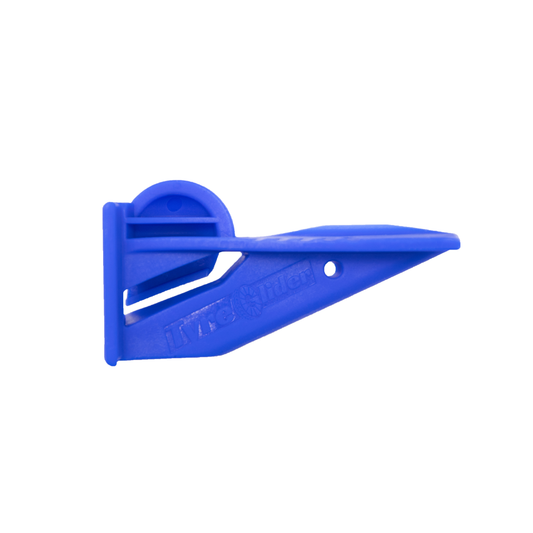air-oh stem
noun
A stem that is designed aerodynamically to reduce wind resistance on a bicycle.
Example usage: 'My bike has an aero stem, so I can go faster in races.'
Most used in: Professional and competitive cycling.
Most used by: Professional and competitive cyclists looking for an aerodynamic advantage.
Popularity: 8/10
Comedy Value: 4/10
Also see: Aero Handlebars, Aero Bar, Bullhorn Bar, Base Bar,
What is an Aero Stem?
An aero stem is a type of stem designed for aerodynamics in cycling. It is typically shorter than traditional stems, and has an angled shape that cuts through the air more efficiently. Aero stems are often used in time trials and triathlons, or any event where aerodynamics plays a major role in performance.
Aero stems are typically made from lightweight materials such as aluminum or carbon fiber, and are designed to be as aerodynamic as possible while still providing adequate rigidity and strength. The stem is also typically designed to reduce drag by having a smooth profile and minimal surface area exposed to the wind.
According to a recent study from the University of Colorado, an aero stem can reduce the drag coefficient of a rider by up to 12%. This means that a rider with an aero stem can experience up to a 12% improvement in speed over a rider with a traditional stem. This performance improvement can be especially beneficial in time trial events, where every second counts.
In summary, an aero stem is a type of stem designed to improve aerodynamics in cycling. It is typically shorter and more angled than traditional stems, and can reduce drag by up to 12%. Aero stems are often used in time trial and triathlon events, where aerodynamics plays a major role in performance.
The Origin of the Aero Stem in Cycling
The term ‘Aero Stem’ was first used in cycling to describe a type of handlebar stem in the early 1990s. This stem was designed to be aerodynamic, reducing the drag caused by the handlebars as the cyclist moved forward. The design was first used by professional cyclists in the Tour de France in 1991, and was quickly adopted by other competitive cyclists.
The aero stem was designed to be more aerodynamic than the traditional stem which was more bulky and had more drag. The stem was designed with a curved shape to reduce drag and allowed the cyclist to move more efficiently. This design was quickly adopted by competitive cyclists in the early 1990s as a way to gain an advantage over their competition.
The aero stem has since become a staple in competitive cycling and is used by top athletes in all disciplines of the sport. It is now commonly used by recreational cyclists as well, as the design has become more affordable and accessible in recent years. The popularity of the aero stem has grown as cyclists look for ways to increase their speed and efficiency.
The term ‘Aero Stem’ is now widely used in the cycling community and is a testament to the innovation and technology that has been developed over the years in the sport of cycling. The aero stem has become an essential part of any cyclist’s equipment and is now an integral part of the sport.












